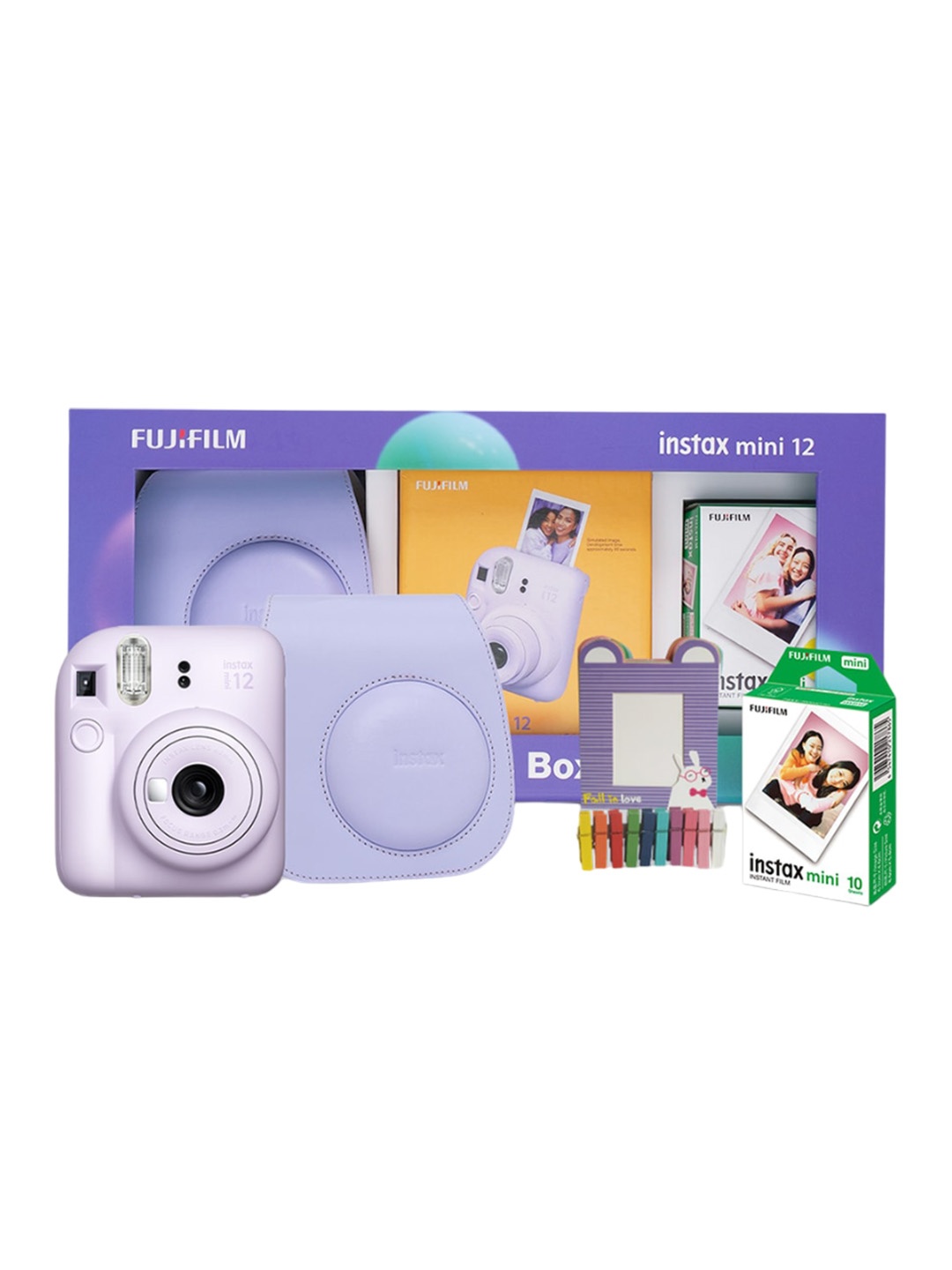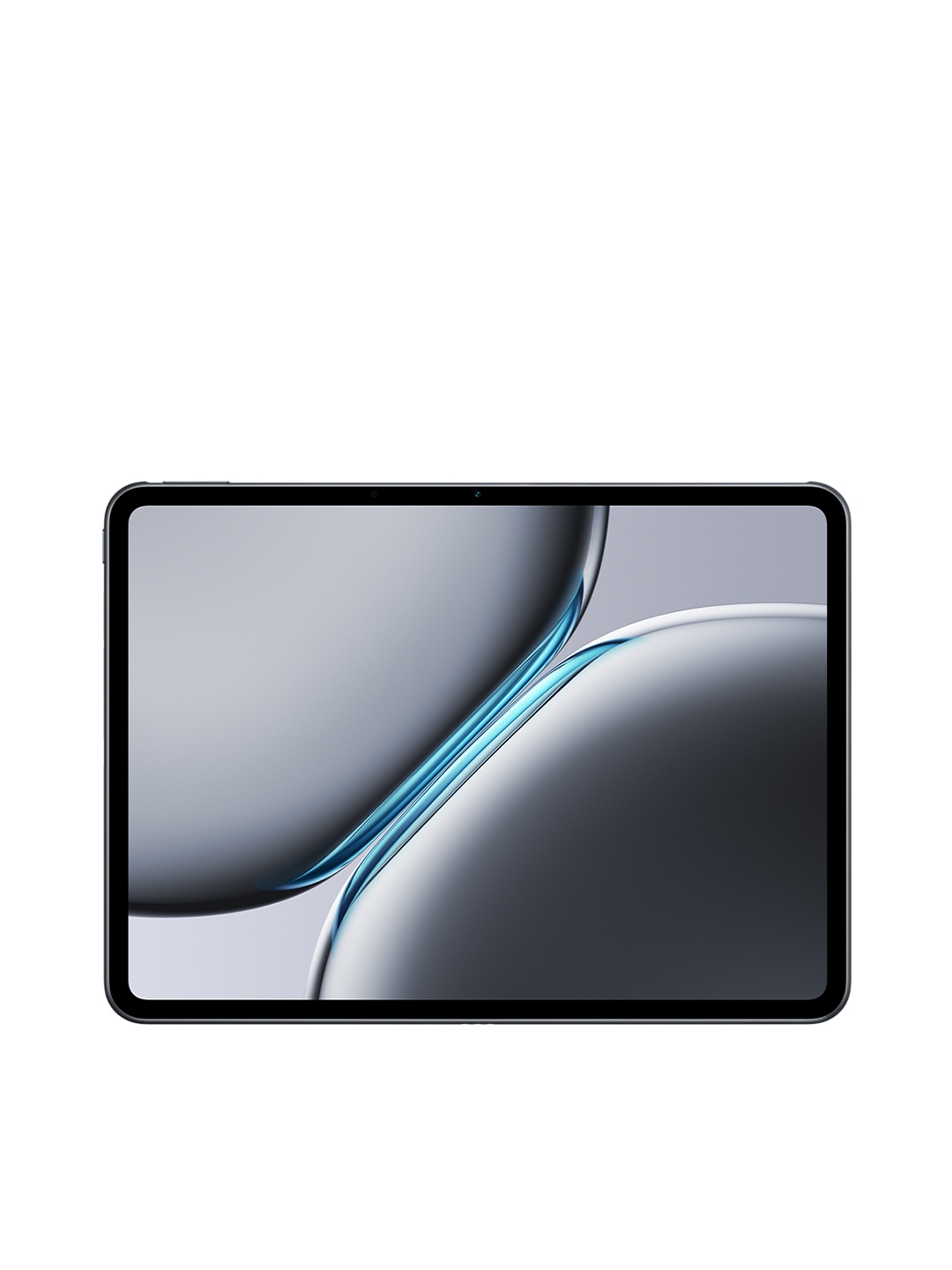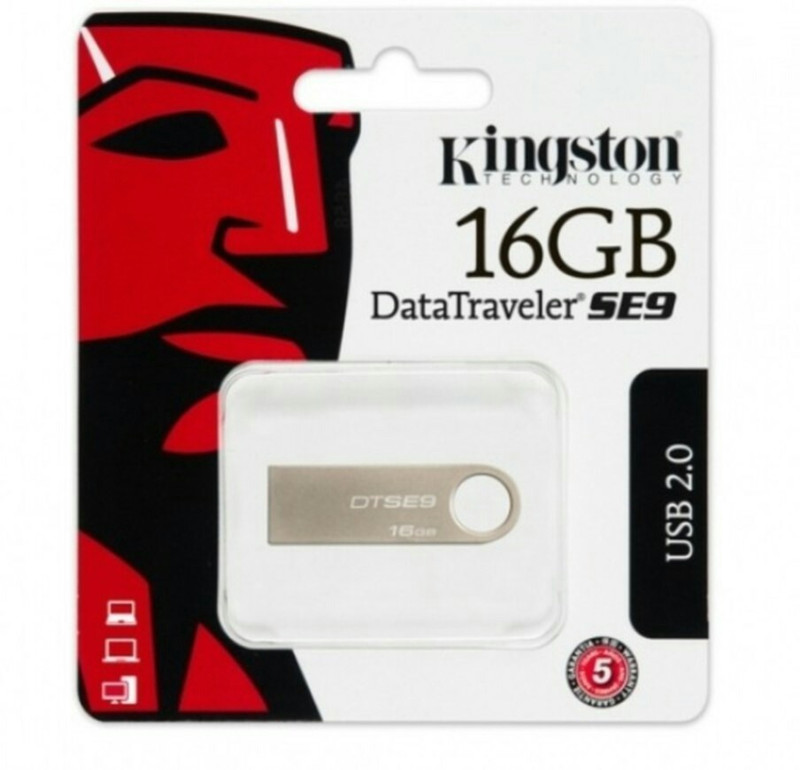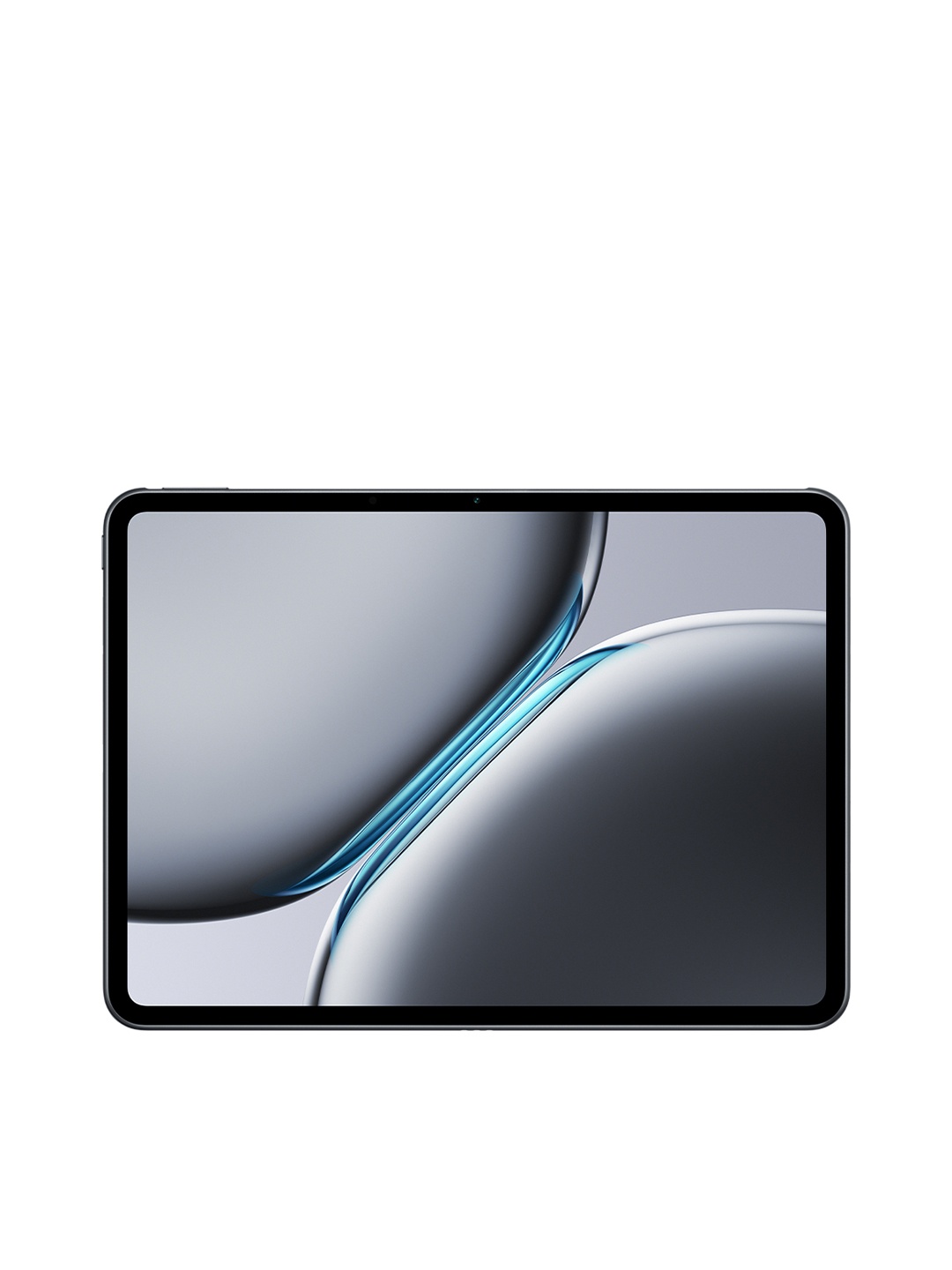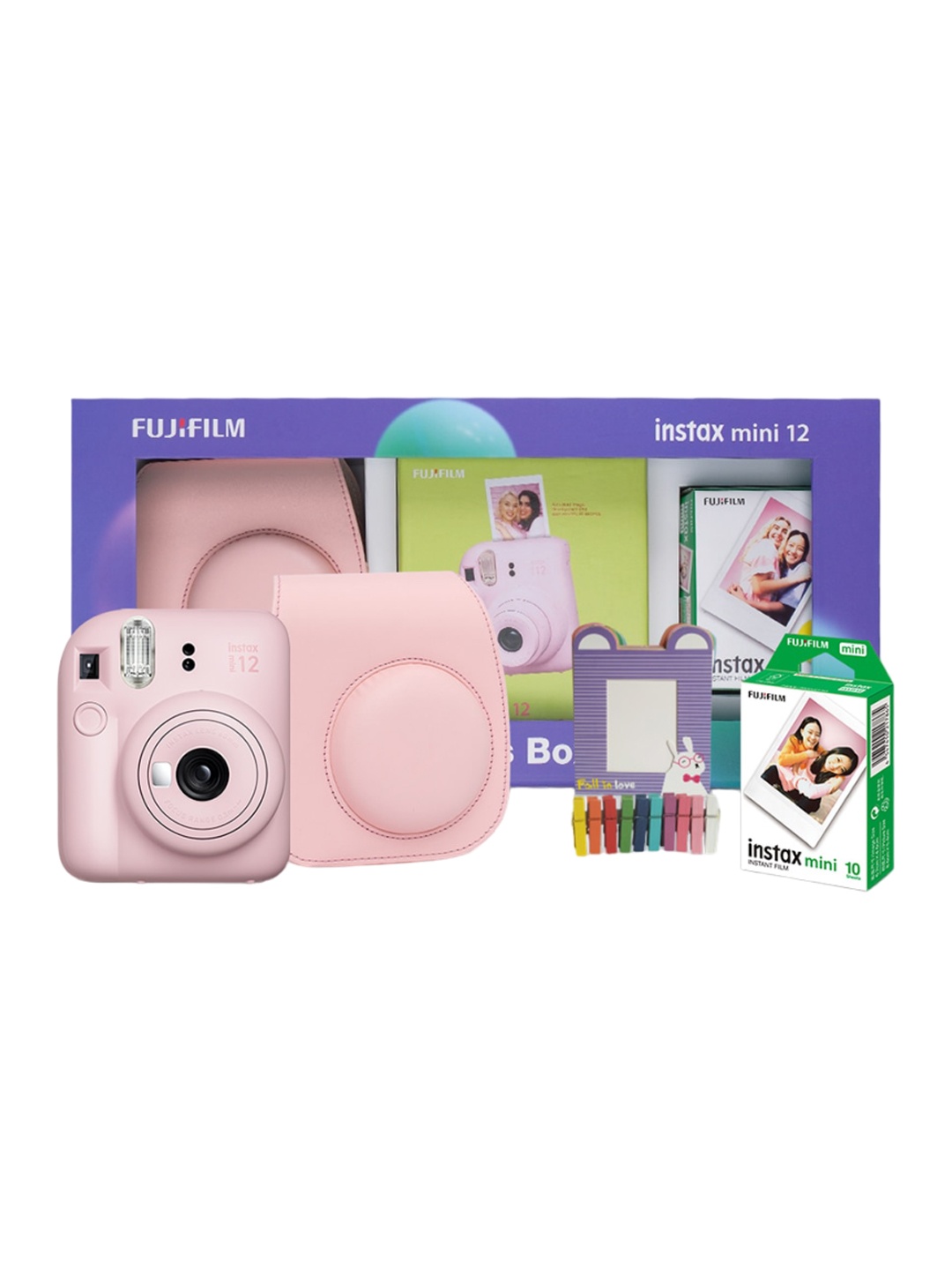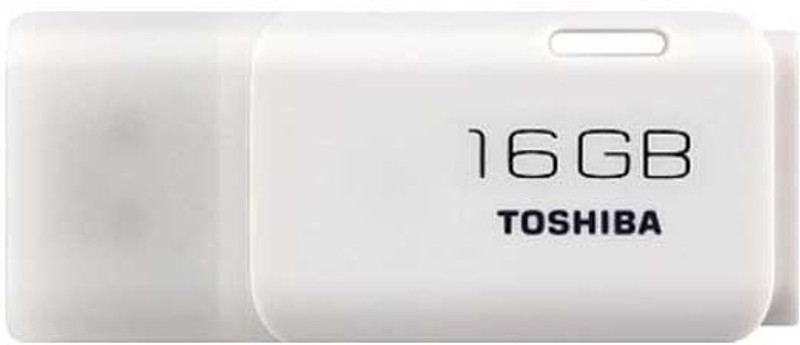Tired of Lukewarm Tea? Heres Why Your Flask Isnt Working and What to Buy Instead

We've all been there. You pour your morning coffee into your trusty flask, anticipating that hot, comforting sip during your mid-morning break. But when the moment comes, it's lukewarm at best. Or perhaps you filled your flask with chilled water, only to find it's not so refreshing by lunchtime. So, what went wrong? Why isn't your flask keeping your beverages hot or cold as promised? Despite how simple a flask may seem, it's a small feat of engineering. A good one uses vacuum insulation to trap heat or cold and prevent outside temperatures from interfering. But not all flasks are made equal. From poor materials and dodgy design to careless daily habits, there are a number of factors that can compromise performance.
In this guide, we break down the most common culprits and show you how to spot a quality flask that delivers. So, whether you're packing coffee for a road trip or chilled juice for a picnic, let's make sure your drinks stay just how you want them. And we also list the the top 8 flasks on Amazon from Cello, Borosil, Wosta, Pexpo to Milton for you to pick.
Also Read: Glass, SteelOr Plastic? How To Use The Right Vacuum Flask
Know The Top 8 Reasons Your Flask Can't Hold Temperature And Check The Top 8 Available On Amazon From Cello, Borosil, Wosta, Pexpo to Milton; Photo Credit: Pexels
1. Your Flask Isn't Vacuum-Insulated
The biggest misconception about flasks is that they all work the same way. In reality, insulation methods vary dramatically. If your flask lacks proper vacuum insulation, which creates an airless space between two walls to prevent heat transfer, it simply won't hold temperatures well.
Many cheap or basic flasks use single-wall or foam insulation. These might work for short trips, but won't maintain temperature over several hours. True vacuum-insulated flasks create a thermal barrier that slows the transfer of heat and cold, much like double-glazed windows. If your current flask feels warm or cold to the touch soon after filling, it's likely not vacuum-insulated.
Investing in a double-walled, vacuum-insulated flask from a reputable brand can make a world of difference. Look for terms like "double-wall vacuum insulation" or "thermal flask" in product descriptions. Your tea will thank you.
2. The Lid Is Letting Heat Escape
You might have the best-insulated body in the world, but if your lid is poorly made or not screwed on tightly, heat and cold will still escape. The lid is a flask's weakest link, especially when it contains openings for sipping or pouring.
Common issues include loose seals, ill-fitting caps, or plastic threads that wear down over time. Even a tiny gap can be enough to break the vacuum and let air in. Additionally, some lids are designed more for convenience than insulation, with flip-top or push-button mechanisms that can leak heat.
To check if your lid is the problem, fill your flask with boiling water and wait 10 minutes. If the top feels warm to the touch, heat is escaping. Look for flasks with leak-proof, heat-retaining lids that twist on tightly and feature silicone or rubber gaskets. Bonus points if the lid also acts as a cup, a classic thermos design that still works wonders.
3. You're Not Preheating or Pre-Cooling It
This is one of the most overlooked habits. When you pour hot coffee into a cold flask straight from the cupboard, some of that heat is immediately lost to the metal or inner walls. Likewise, if your flask is warm from being in the sun, your cold drink won't stand a chance.
Preheating or pre-cooling your flask takes just a minute and can massively improve performance. Simply fill it with hot water (for hot drinks) or cold water/ice (for cold drinks), let it sit for 1–2 minutes, then empty and refill with your actual beverage.
It's a bit like preheating an oven, you don't throw your cake batter straight into a cold oven and expect it to rise properly. Same logic. It might feel like a hassle on busy mornings, but once you get into the habit, it becomes second nature.
4. It's Made With Low-Quality Materials
You know that old saying, “you get what you pay for”? It applies here more than you might think. Flasks made from low-grade steel, plastic, or poorly fused components are unlikely to offer proper insulation.
Stainless steel, especially 18/8 food-grade, is widely regarded as the gold standard for both durability and safety. It resists corrosion, doesn't retain flavours, and is sturdy enough for daily use. Plastic flasks may be lightweight, but they rarely keep drinks hot or cold for long, and they can warp or crack over time.
A well-constructed flask will feel solid, with no rattling parts or visible seams inside. If your flask dents easily or feels flimsy, that's a red flag. It's better to invest in one quality product than replace cheap ones every few months.
5. Your Flask Has Reached The End Of Its Lifespan
Just like running shoes or phone batteries, flasks wear out over time. Daily use, repeated exposure to extreme temperatures, and accidental knocks can compromise the vacuum seal or warp the inner lining.
If you notice your drinks aren't staying hot or cold for nearly as long as they used to, even after preheating or checking the lid, your flask may simply be on its last legs. Inspect the inside for rust, odd smells, or changes in texture. These can all indicate internal damage.
Most quality flasks come with a 1- to 5-year warranty, which is usually a good indicator of how long they're designed to last. If yours is older than that, or you've dropped it a few too many times, it might be time to retire it.
6. You're Overfilling It Or Not Sealing It Properly
It's tempting to top your flask right to the brim to get every last drop of that delicious chai or chilled lemonade, but overfilling can backfire. Leaving no room for the lid to screw on properly can create leaks and compromise the vacuum.
On the flip side, if you don't tighten the lid all the way, you're allowing warm air in and cool air out (or vice versa). Make sure the threads line up properly and the cap is fully engaged, not cross-threaded or sitting at an angle.
Some high-end flasks come with fill lines or indicators to show the ideal level. If yours doesn't, aim to leave about a centimetre of space at the top. This simple tweak can improve performance significantly.
7. You're Using It For The Wrong Purpose
Not all flasks are designed for both hot and cold drinks. Some excel at keeping your smoothie cold, but can't handle piping-hot coffee. Others are built like miniature ovens, but make your cold brew taste metallic.
Always check the specifications. If a flask says "cold beverages only" or doesn't mention thermal insulation, don't expect it to work both ways. Similarly, avoid pouring boiling liquids into flasks not rated for high temperatures, as it can damage the seal.
For all-day versatility, look for flasks labelled as “hot & cold” or “all temperature”. Features like copper lining, pressure-release lids, and temperature range indicators are signs of a serious thermal contender.
8. You Chose Style Over Substance
We get it, a matte black flask with minimalist branding looks great on your desk. But if it doesn't perform, it's just a fancy bottle. Many trendy flasks prioritise aesthetics over insulation, using lighter materials or thinner walls to keep the design sleek.
While there's nothing wrong with wanting your gear to look good, don't make the mistake of overlooking performance. Read user reviews, check specifications, and test it out. If your flask looks Instagram-worthy but leaves you sipping lukewarm tea at noon, it's time to rethink priorities.
A stylish, high-performing flask does exist, you just have to be picky. Brands like Hydro Flask, Thermos, Stanley, and Borosil have nailed the balance between fashion and function. Pick something that suits your lifestyle, not just your outfit.
Products Related To This Article
1. REFULGIX 380ml Vacuum Insulated Coffee Cup
2. Cello Duro Top Double Wall Stainless Steel Water Bottle
3. Borosil Hydra Thermo 500 ml Stainless Steel Water Bottle
4. Wosta Coffee Mug, Travel Mug, Insulated Coffee Cup with Leakproof Lid
5. Pexpo Bravo 1000 Hot & Cold ISI Certified Flask
6. Borosil Hydra GoSports 600 ml Stainless Steel Water Bottle
7. DUBBLIN Swing Stainless Steel Tea & Coffee Mug
8. Milton Aura 1000 Thermosteel Water Bottle 1050 ml
Your flask isn't just a bottle, it's your daily sidekick. Whether it's fuelling you with hot chai on chilly mornings or keeping your lemon-mint water cool in the heat, it deserves a little attention.
If your current flask is falling short, it might not be your fault. Sometimes, the issue lies in the build, the lid, or simply a mismatch between what the flask can do and what you expect of it. Other times, it's just habits, like skipping that crucial preheat or not tightening the lid enough.
When shopping for a new one, be sure to look beyond the flashy colours and brand names. Double-wall vacuum insulation, screw-on leak-proof lids, and stainless steel builds are non-negotiable. Do check our list of top 8 flasks from Cello, Borosil, Wosta, Pexpo to Milton on Amazon to keep your drinks just at the right temperature for you. And once you find a good one, treat it well, it might just become your most dependable daily companion. So, next time your drink feels off-temp, don't just shrug and sip, ask your flask the hard questions. It might be time for an upgrade. Or maybe, it just needs a little TLC. Either way, now you know exactly what to do. And that's worth raising a perfectly hot or icy-cold toast to.
Disclaimer: The images used in this article are for illustration purpose only. They may not be an exact representation of the products, categories and brands listed in this article.











